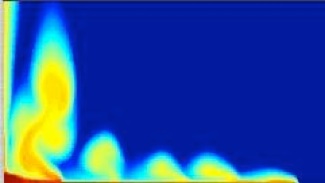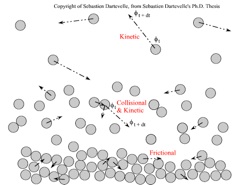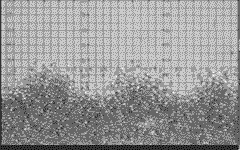Granular Flow--a big hurdle
















Granular mechanics is an undefined field started by Ralph Alger Bagnold, a desert army commander who became an expert in sand dunes, and who had the first deep understanding of granular materials. In volcanology, we need deep understanding of granular flow because it is part of volcanic activity, especially in the gas-particle dispersion region of the eruption column, in pyroclastic density currents and debris avalanches.
"When the average energy of the individual grains is low and the grains are fairly stationary relative to each other, the granular material acts like a solid. When the granular matter is driven and energy is fed into the system (such as by shaking) such that the grains are not in constant contact with each other, the granular material is said to fluidize and enter a liquid-like state. When freely flowing, granular materials have flow characteristics that roughly resemble those of ordinary Newtonian fluids. However, granular materials dissipate energy quickly, so techniques of statistical mechanics that assume conservation of energy are of limited use." Wikipedia

